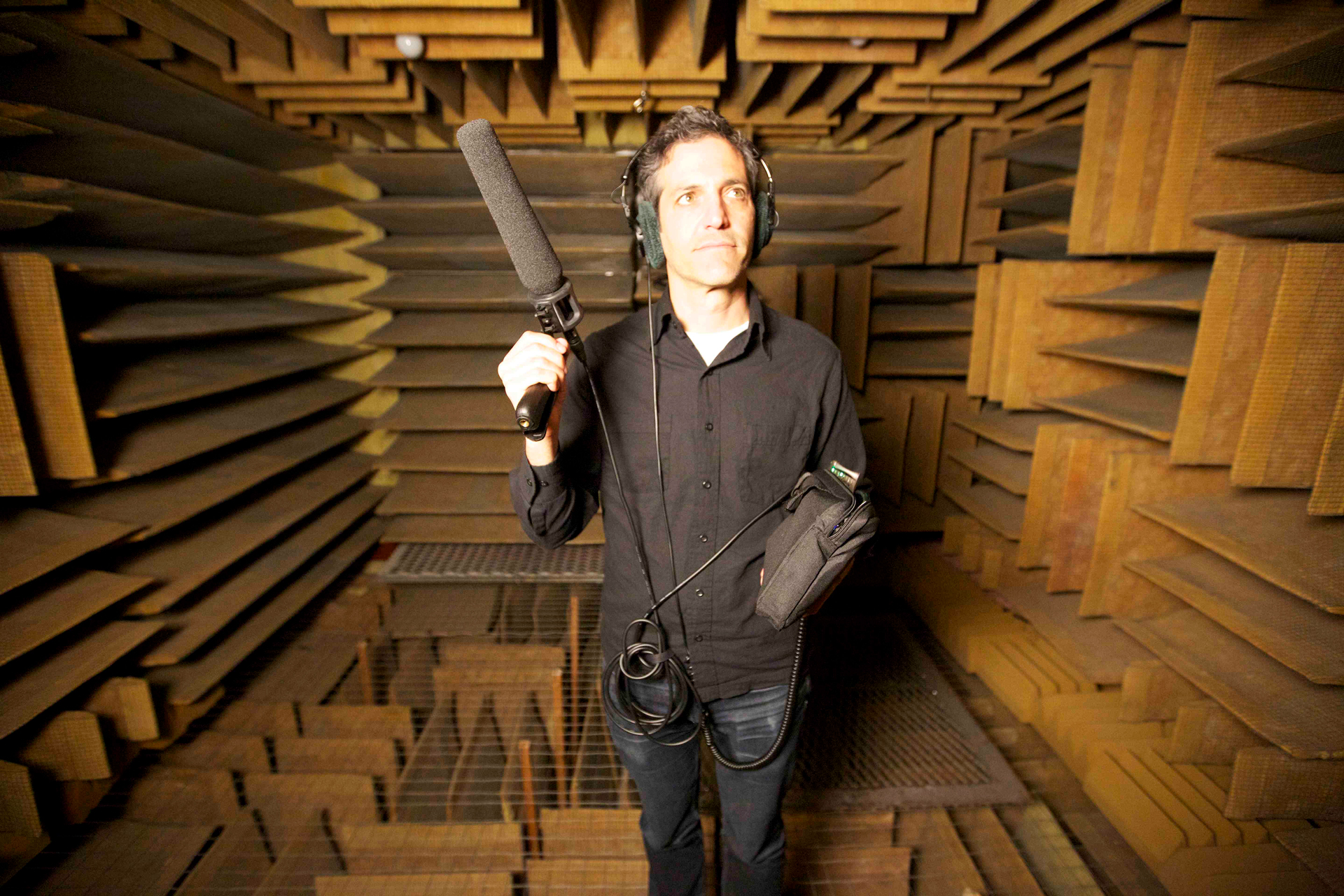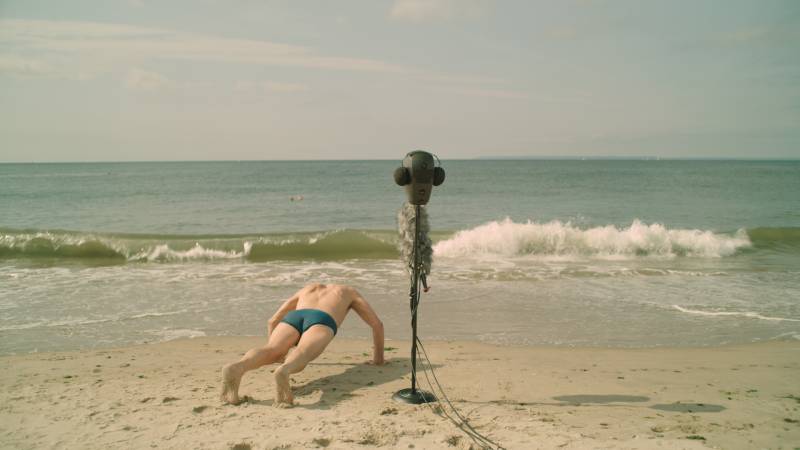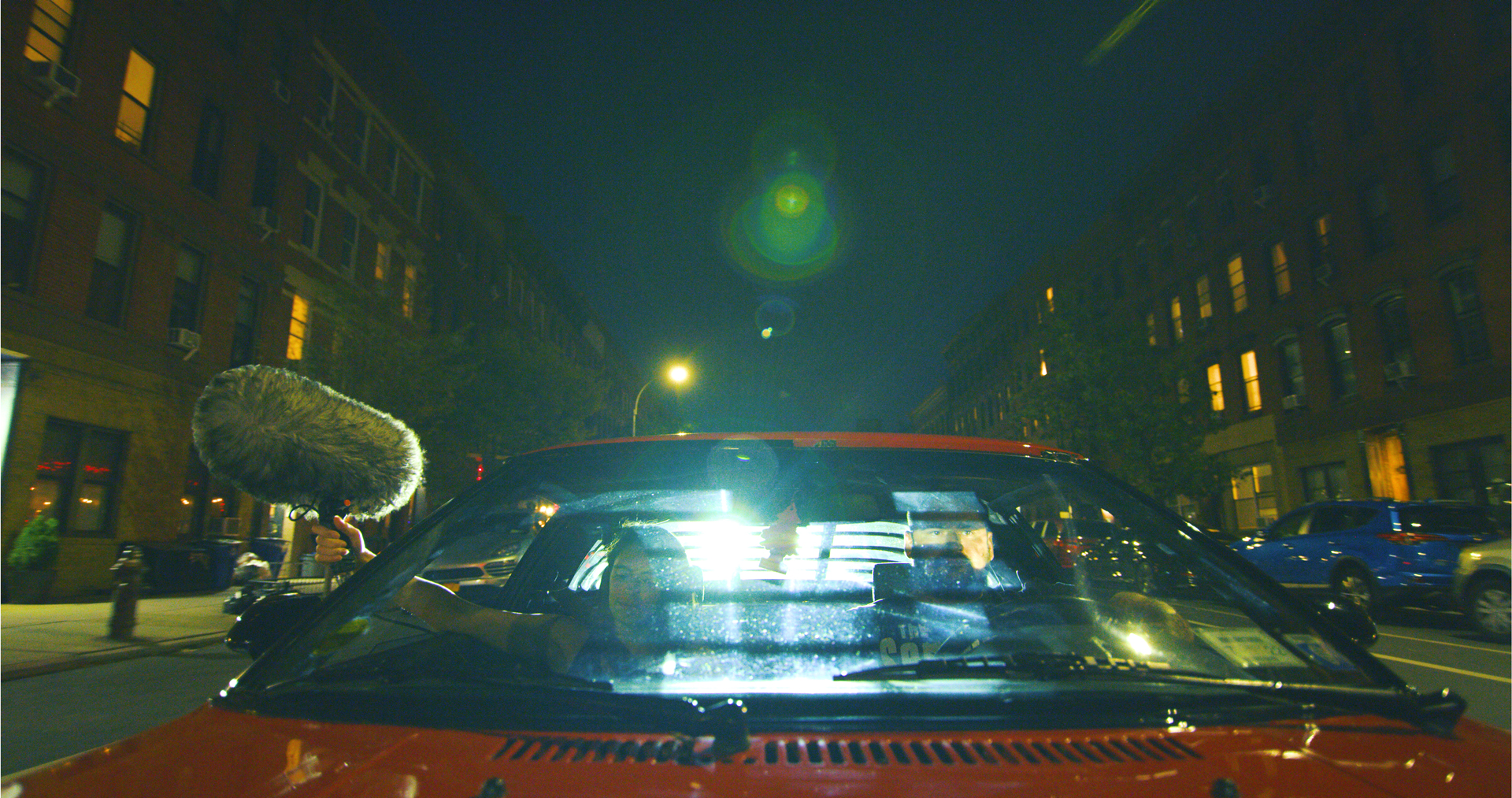There are at least 32 potential stick-with-you moments in Sam Green’s inventive and contemplative documentary 32 Sounds. One might be the magic of the Foley artist at work: a person who uses everyday objects and their own body to create what we think things should sound like on film. One might be the lonesome, futile mating call of the last of a species. Or the life-affirming and joyous beat of Donna Summer’s “I Feel Love.”
But the moment I’ve carried with me over the past year since first experiencing 32 Sounds comes from a quieter, more ordinary scene. In it, a child speaks to his adult self on a recording not meant to be heard until the year 2000, the audio equivalent of a time capsule. “Although you exist in a different time, I am talking to you through this machine,” young Edgar Choueiri says sometime around 1972, to his much-older self. “I hope you have remained like you were in the past. Like you were at age 11. And also, I hope you have made my dreams come true.”
Sound, this film repeatedly demonstrates, is transportive. 32 Sound’s cast of charming audio-adjacent characters are often shown simply listening to recordings, their bodies here and now, but their minds somewhere else entirely: at the bottom of a river, 50 years in the past, or in a country from which they have been exiled. We watch them absorb those noises and feel, through them, how incredibly powerful sound can be — in its absence or its presence — both socially and emotionally.
For only the second time since its February 2022 Stanford Live debut, Bay Area audiences have a chance to experience 32 Sounds in both its live and theatrical versions. Green is not an ordinary documentarian, but a creator of live films, events at which the constituent parts of a piece have been split out to make them visible and semi-spontaneous — narration here, score there, images projected above. As he explains by phone from New York, “There’s a kind of looseness that comes with a live event.” At the Stanford premiere, for example, a computer died on the spot, but was calmly switched out within minutes. For the audience, the combination of so many moving parts fosters a sense of risky thrill.

In the live version of 32 Sounds, playing July 27 at the Exploratorium, Green will narrate his film in person. In both this and the versions playing July 28–30 at the Roxie, the Smith Rafael Film Center and the Rialto Cinemas Elmwood, some portions of the documentary are heard collectively in the theater while others come via binaural headphones handed out before each screening.




